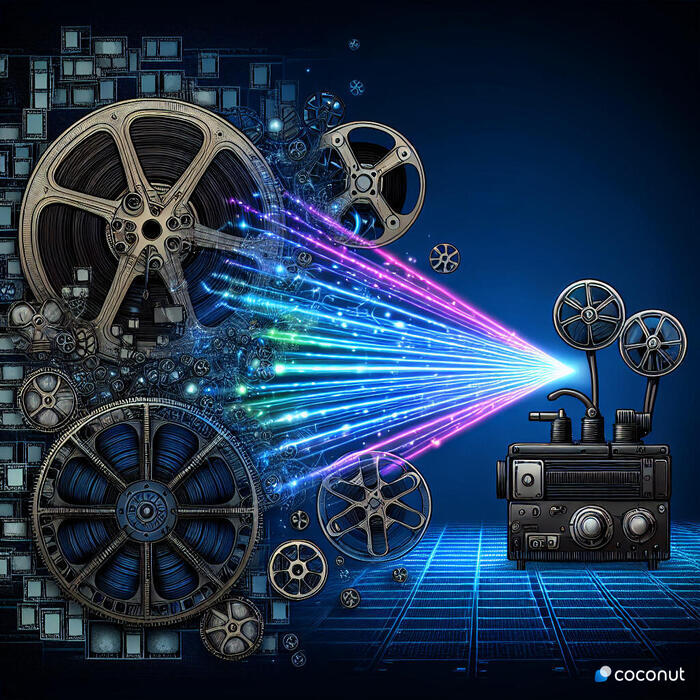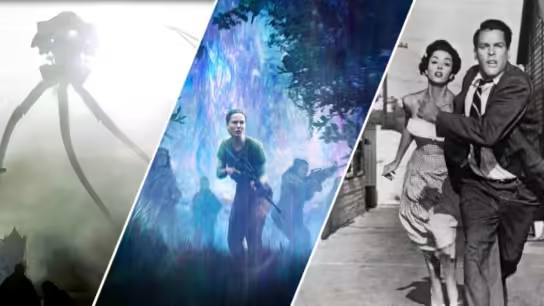In recent years, the landscape of filmmaking has seen a quiet but significant evolution with the advent of 60 frames per second (fps) movies. Traditionally, movies have been filmed and exhibited at 24fps, a standard that has persisted since the early days of cinema. However, the shift towards higher frame rates, particularly 60fps, represents a departure from this long-established norm, promising a more immersive and visually compelling viewing experience for audiences worldwide.
Understanding Frame Rates in Movies
Frame rate refers to the number of individual frames or images that are displayed per second to create motion in a film. The standard frame rate in traditional cinema is 24fps, which means that 24 individual frames are shown every second to create the illusion of motion. This frame rate was initially chosen for technical and economic reasons during the early days of cinema and has since become a cinematic convention.
Advantages of 60fps Movies
- Enhanced Visual Clarity: One of the most significant advantages of 60fps movies is their ability to deliver enhanced visual clarity and sharpness. With twice as many frames per second compared to traditional 24fps films, 60fps movies can capture and display finer details, resulting in crisper images and smoother motion.
- Reduced Motion Blur: Higher frame rates such as 60fps significantly reduce motion blur, which is a common artifact in lower frame rate films, particularly noticeable during fast-paced action scenes or camera movements. This reduction in blur contributes to a more lifelike and immersive viewing experience.
- Improved Realism and Presence: The higher frame rate in 60fps movies enhances the sense of realism and presence for viewers. Scenes appear more fluid and natural, mimicking the way our eyes perceive motion in the real world. This can make action sequences more thrilling and intimate dramatic moments more emotionally engaging.
- Better 3D Experience: In the realm of 3D cinema, higher frame rates like 60fps can significantly enhance the quality of the 3D viewing experience. The increased frame rate helps reduce eye strain and discomfort sometimes associated with lower frame rate 3D films, making it a preferred format for immersive 3D experiences.
Challenges and Criticisms
Despite its advantages, the adoption of 60fps in filmmaking has not been without challenges and criticisms:
- Aesthetic Preferences: Some filmmakers and audiences prefer the aesthetic quality and cinematic “look” of traditional 24fps films. The motion blur and slightly more dreamlike quality of 24fps movies are considered by some to be integral to the cinematic experience and storytelling.
- Technical Considerations: Filming at 60fps requires more advanced cameras and equipment capable of handling higher frame rates, which can increase production costs and complexity. Moreover, higher frame rates necessitate more data storage and processing power during post-production.
- Artistic Adaptation: Directors and cinematographers need to adapt their techniques and visual storytelling methods when working with higher frame rates. The increased clarity and realism may require adjustments in lighting, set design, and performance styles to maintain the intended mood and atmosphere of the film.
Future Prospects
The debate over frame rates in filmmaking continues to evolve as technology advances and audience preferences shift. While 60fps movies are still a niche within the broader film industry, their potential to redefine visual storytelling and audience engagement remains significant. As filmmakers experiment with different frame rates and technologies, the future of cinema may see a more diverse range of artistic expressions and technical innovations.
In conclusion, 60fps movies represent a bold exploration into the possibilities of cinematic storytelling, offering enhanced visual clarity, reduced motion blur, and heightened realism. While they pose challenges in terms of aesthetics and technical implementation, their potential to reshape the cinematic experience for both filmmakers and audiences alike is undeniable, marking a compelling chapter in the evolution of film technology and artistry.





